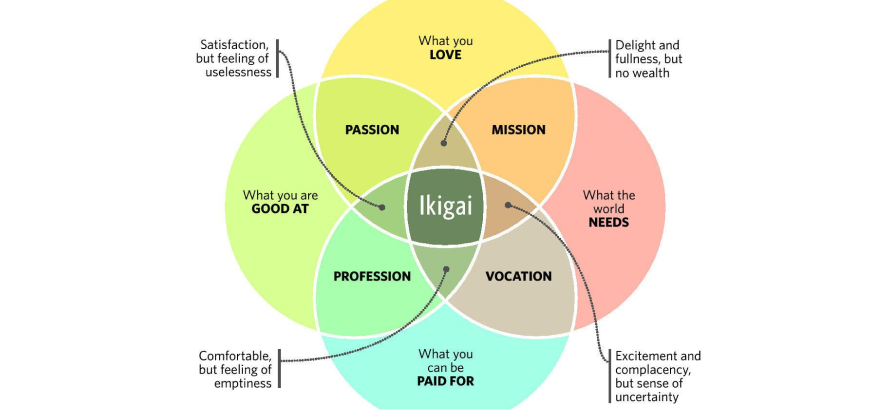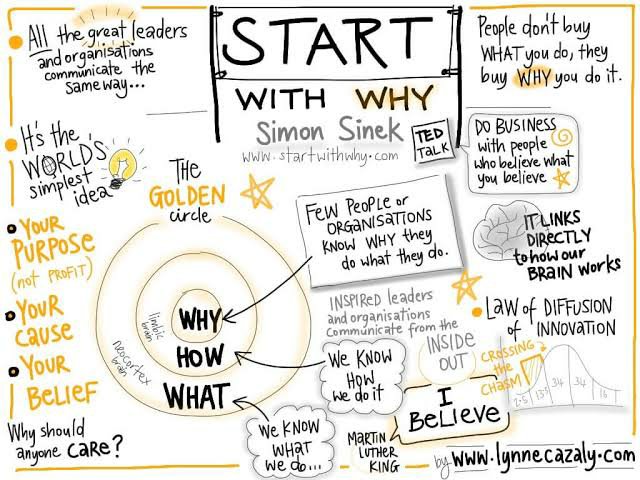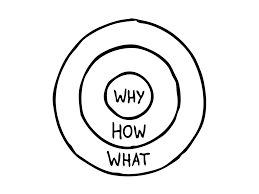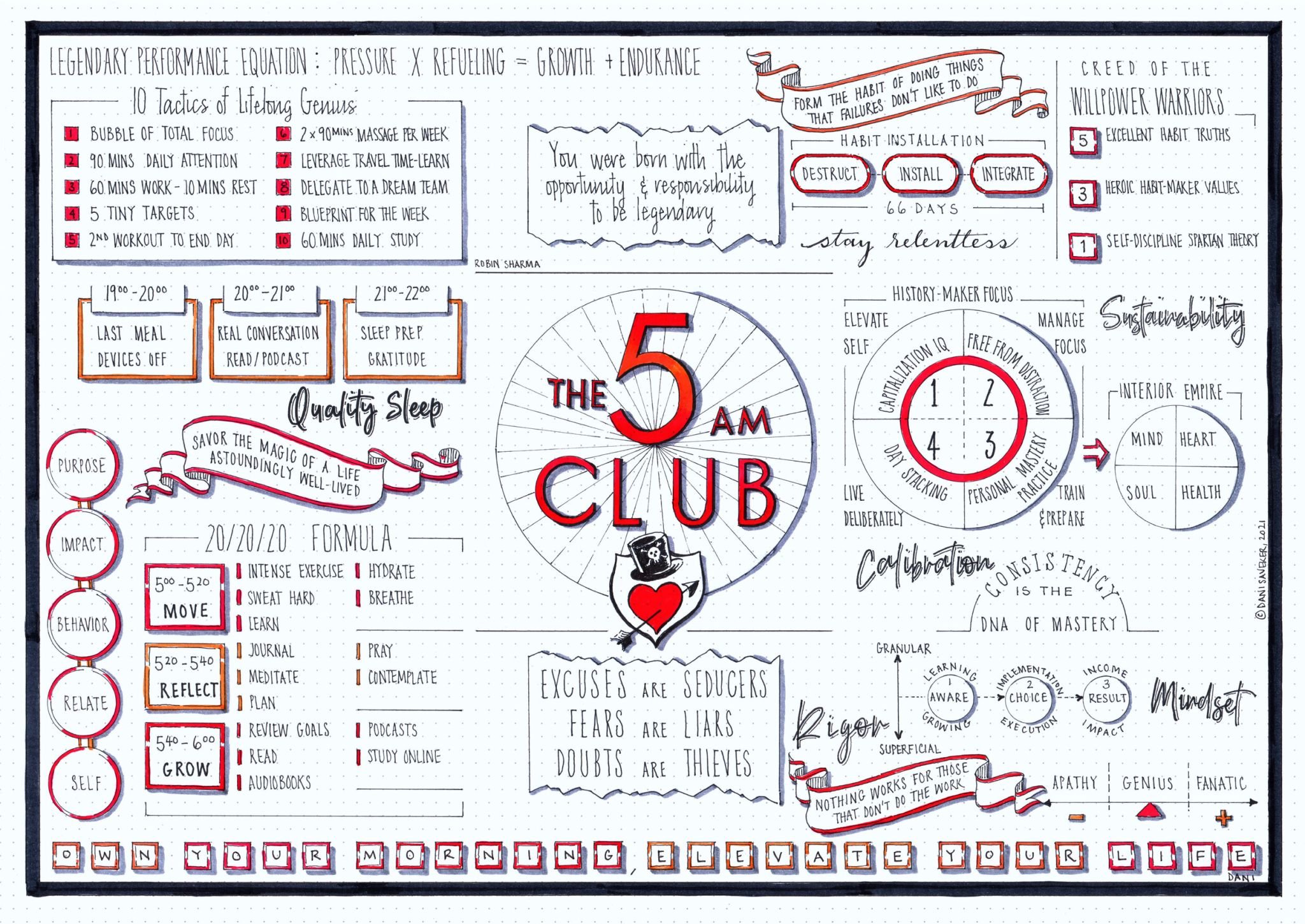Ikigai’ is a book authored by Hector Garcia and Francesc Miralles. The purpose of this book is to help you find your Ikigai, and to share insights from Japanese philosophy on the lasting health of body, mind and spirit.
In this note, we summarise the key ideas and actions presented in the book. These include :
– What is Ikigai ?
– Knowing Your Ikigai
– Ikigai and Longevity
– Antiaging Secrets
– How to Face Life’s Challenges
– Summarised – The 10 Rules of Ikigai
What is Ikigai ?

Ikigai is the reason for your being. ‘Iki’ in Japanese means ‘life,’ and ‘gai’ describes value or worth. Ikigai means your purpose in life, which makes you wake up everyday. Having a clearly defined ikigai brings satisfaction, happiness, and meaning to our lives.
Ikigai is illustrated in four overlapping circles, as in a Venn Diagram which talks about a synthesis of:
• What you love to do.
• What you are good at.
• What the world needs.
• What you can be paid for
Knowing Your Ikigai
• Your values
• Things you like to do
• Things you are good at
The cross-section or overlap of these three lists, is your Ikigai, something you should do for the rest of your life.
Happiness is in the act of doing, not the result.
The concept of Ikigai aligns with everyday life, as opposed to a lifetime. It makes us appreciate our daily life, celebrating it, and experiencing the small joys of living. Ikigai is the reason you wake up in the morning for, that thing you live for, daily. Whatever you do, don’t retire. Keep your heart young. Smile. Live an unhurried life. Show respect for nature.
The here and now, and the impermanence of things: Both Buddhism and Stoicism remind us that the present is all that exists, and it is the only thing we can control. Instead of worrying about the past or the future, we should appreciate things just as they are in the moment, in the now.
Wabi-sabi and ichi-go ichi-e: Wabi-sabi is a Japanese concept that shows us the beauty of the fleeting, changeable, and imperfect nature of the world around us. Instead of searching for beauty in perfection, we should look for it in things that are flawed, incomplete. Japanese concept is that of ichi-go ichi-e , which could be translated “This moment exists only now and won’t come again.” It is heard most often in social gatherings as a reminder that each encounter is unique and will never be repeated, meaning that we should enjoy the moment and not lose ourselves in worries about the past or the future.
1. Stay active; don’t retire.
2. Take it slow.
3. Don’t fill your stomach.
4. Surround yourself with good friends.
5. Get in shape for your next birthday.
6. Smile.
7. Reconnect with nature.
8. Give thanks.
9. Live in the moment.
10. Follow your IKIGAI.








